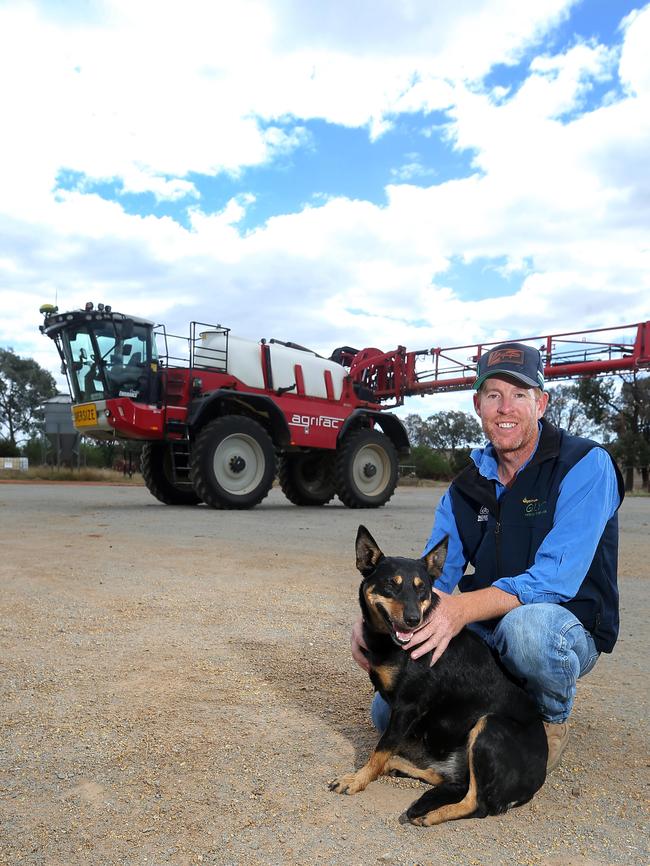‘Killer’ frost cruels NSW winter crops
Some farmers are reporting a 100 per cent crop loss after the frost last week. See how the plummeting temperatures affected growers.

Frost has wiped out large tracts of winter crops, and the damage is set to impact yields significantly.
Some of the most influential farming regions, including the Riverina in southern NSW and Condobolin in the central west, have reported 100 per cent loss.

Ben Langtry of Marrar said temperatures dropped to -4.7 degrees on his property last Monday.
“Monday was the killer,” he said.
Mr Langtry said his barley crop looked like it was ruined. “There is 99 per cent damage,” he said.
He estimated that 80 per cent of the canola had been severely frost-damaged too.
With 10mm to 15mm of rain forecast on Wednesday, he said it was now a case of “wait-and-see” to determine what to do.
“We will properly reassess all crops after this rain,” he said.
Mr Langtry said farmers would be weighing up their production costs and considering whether to cut crops for hay.
And then there was the fear that the hay and fodder market could get flooded.
Central West Farming Systems agronomist at Condobolin, Chiara Stommel said temperatures dropped to -2.8 last Monday.
Ms Stommel said she had assessed frost-affected crops this week, but it was still too early to say what would happen.
“Things were looking good in this area, and then we had this frost,” she said.

Neil Durning of Riverina Independent Agronomy said temperatures at Cootamundra and Temora dropped to -4 during the frost last week.
“At Temora, the temperatures stayed low for around six hours, which is concerning,” he said.
“We are not going to know the full extent of this damage for another week to 10 days, but we already know pulses and canola have been significantly hit,” he said.
DLF seeds agronomist Frank McRae of Orange said the damage wasn’t restricted to crops. He said lucerne had been hit and flowering clover was damaged in the crop.
Mr McRae said the frost damage had a significant impact on the farming community, and government and decision-makers needed to be aware.
“It is important not to overreact, but we need to make good decisions and have good support.”
Birchip Cropping Group chairman John Ferrier said there had been frost damage in his area, but it would take more time to assess fully.
He said some crops didn’t have a lot of biomass, and if they were frosted, there wouldn’t be enough bulk to cut for hay.
“We are monitoring the conditions daily and will probably have a clearer idea by the weekend,” he said.
David Hill Livestock and Marketing principal, David Hill of Albury, said farmers were considering turning livestock onto frost-damaged crops.
“The crops that don’t have much bulk are probably better for grazing,” he said.




